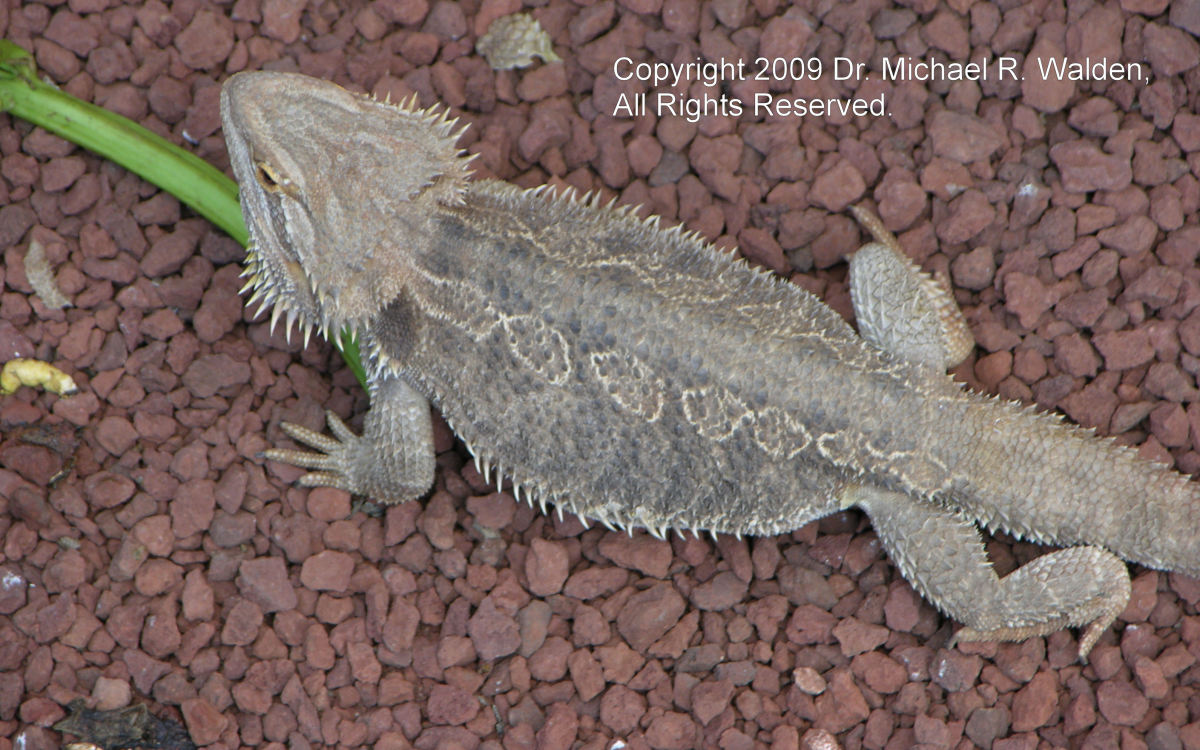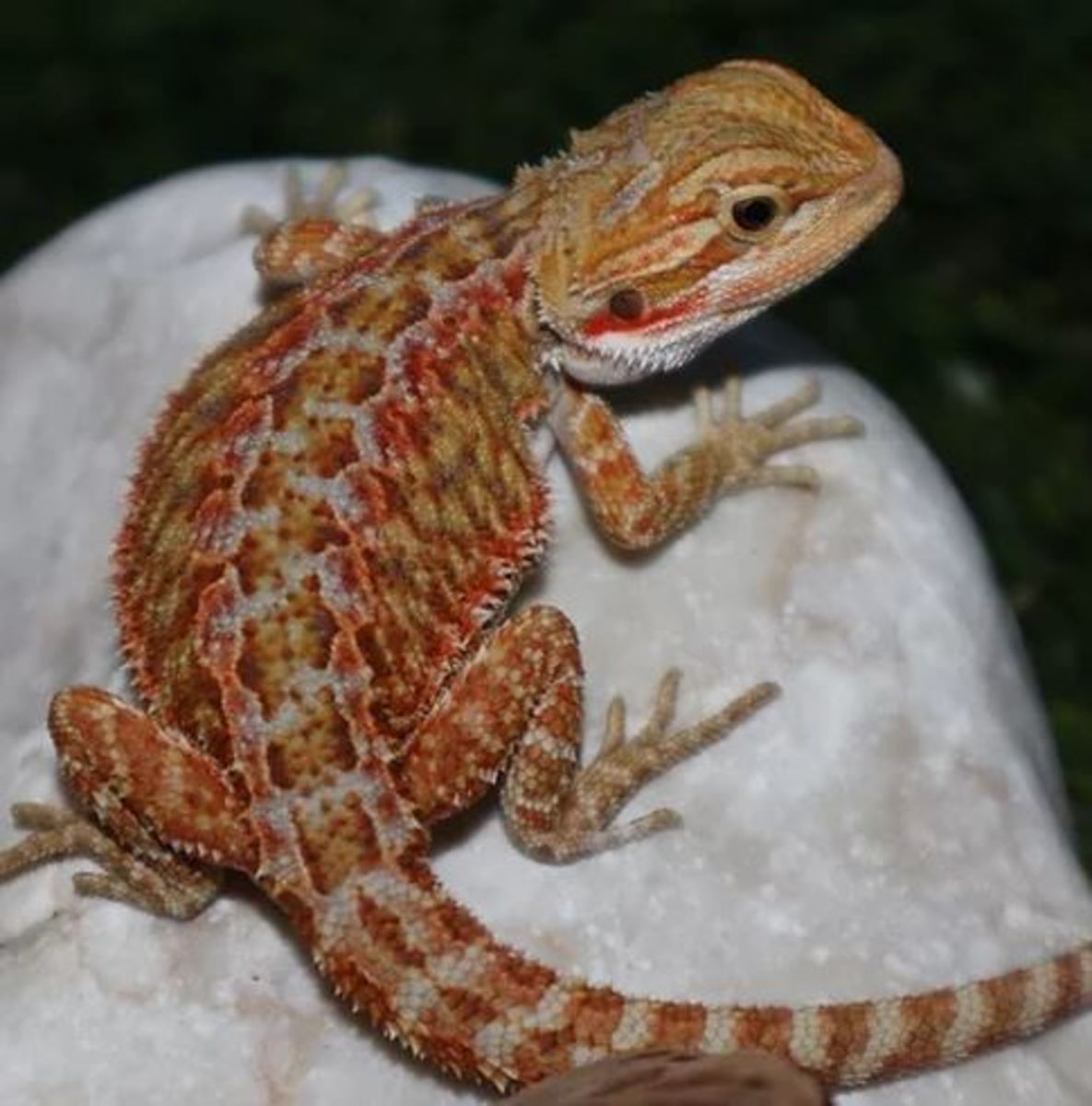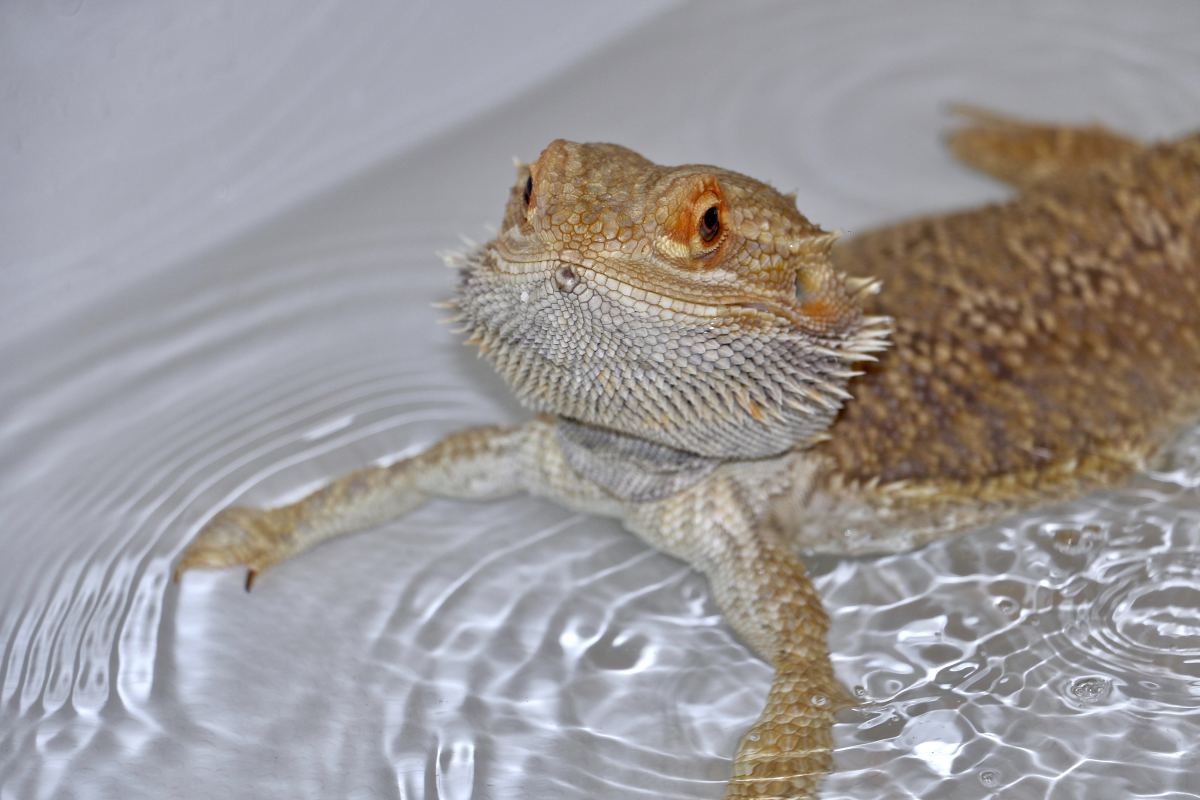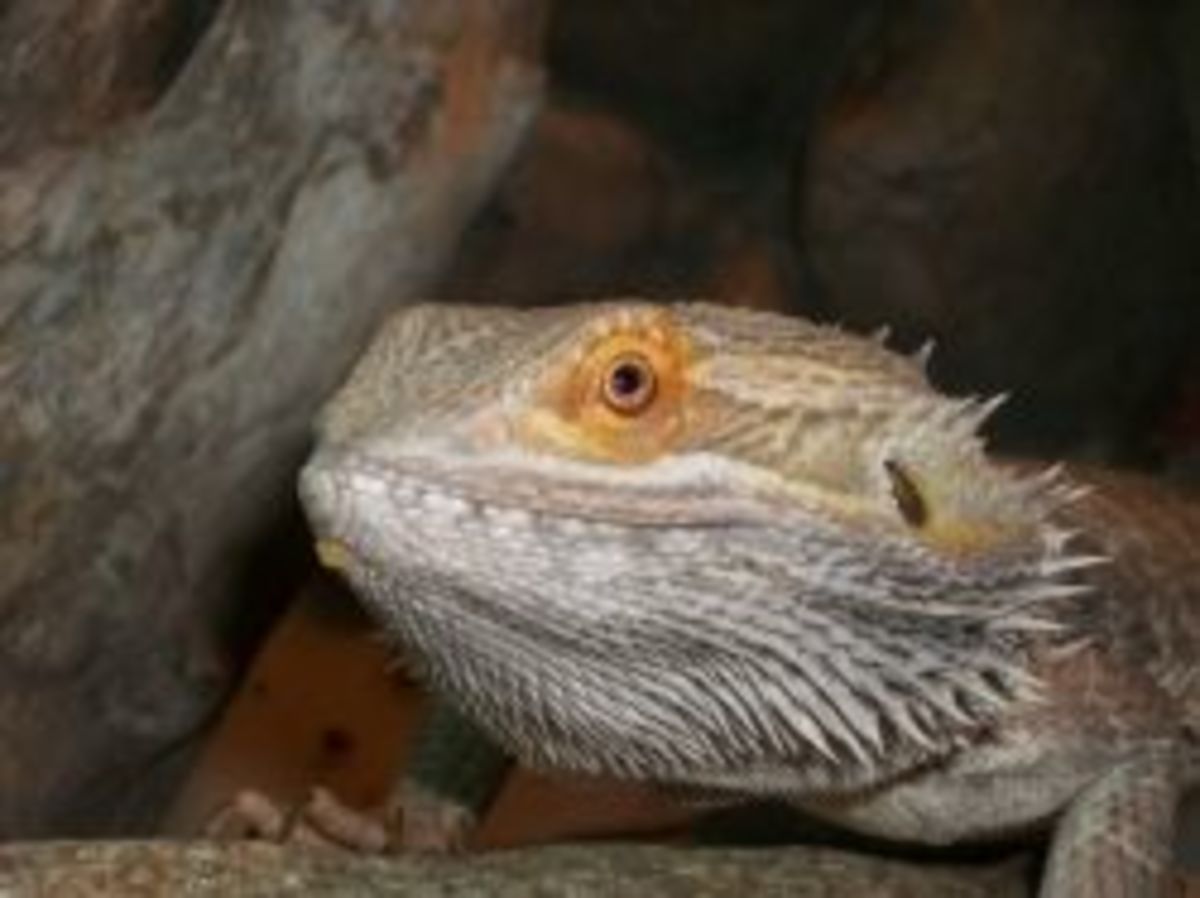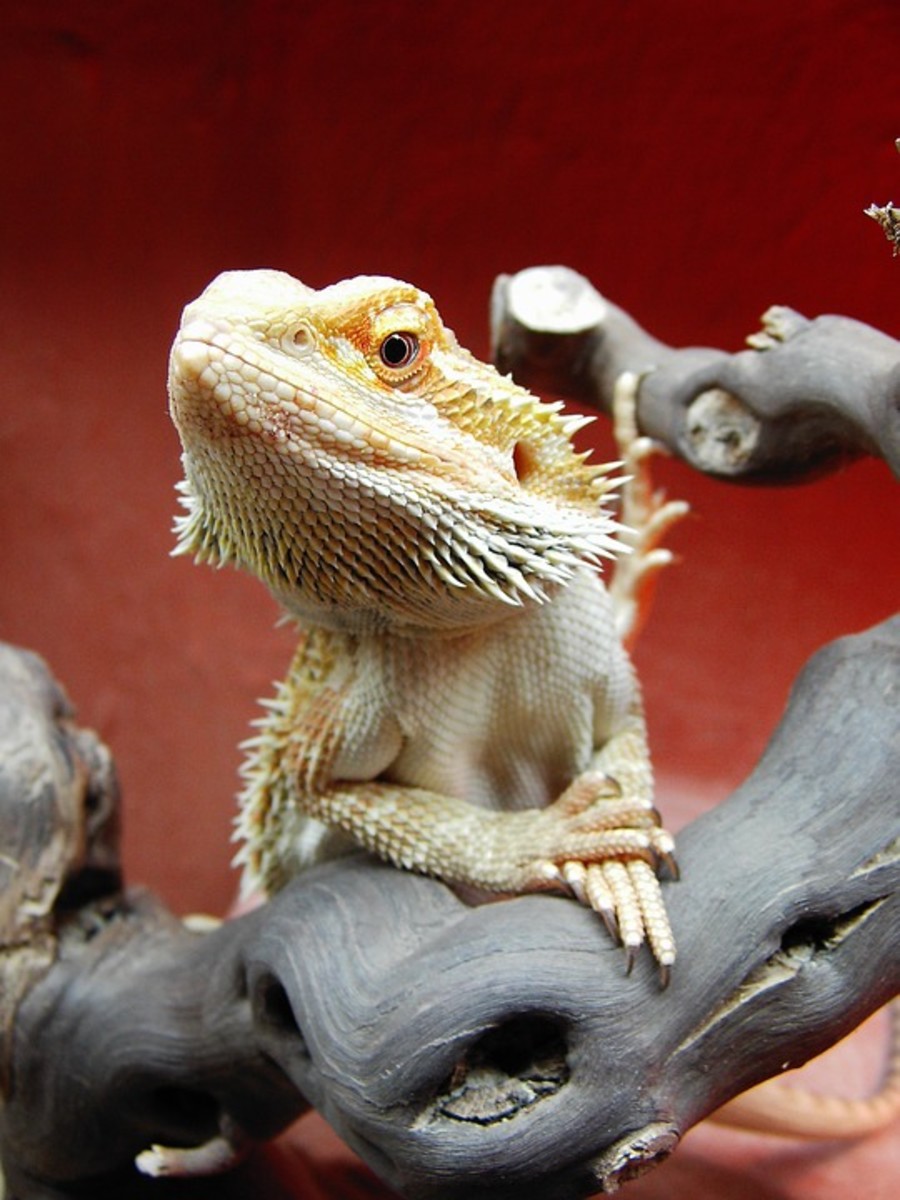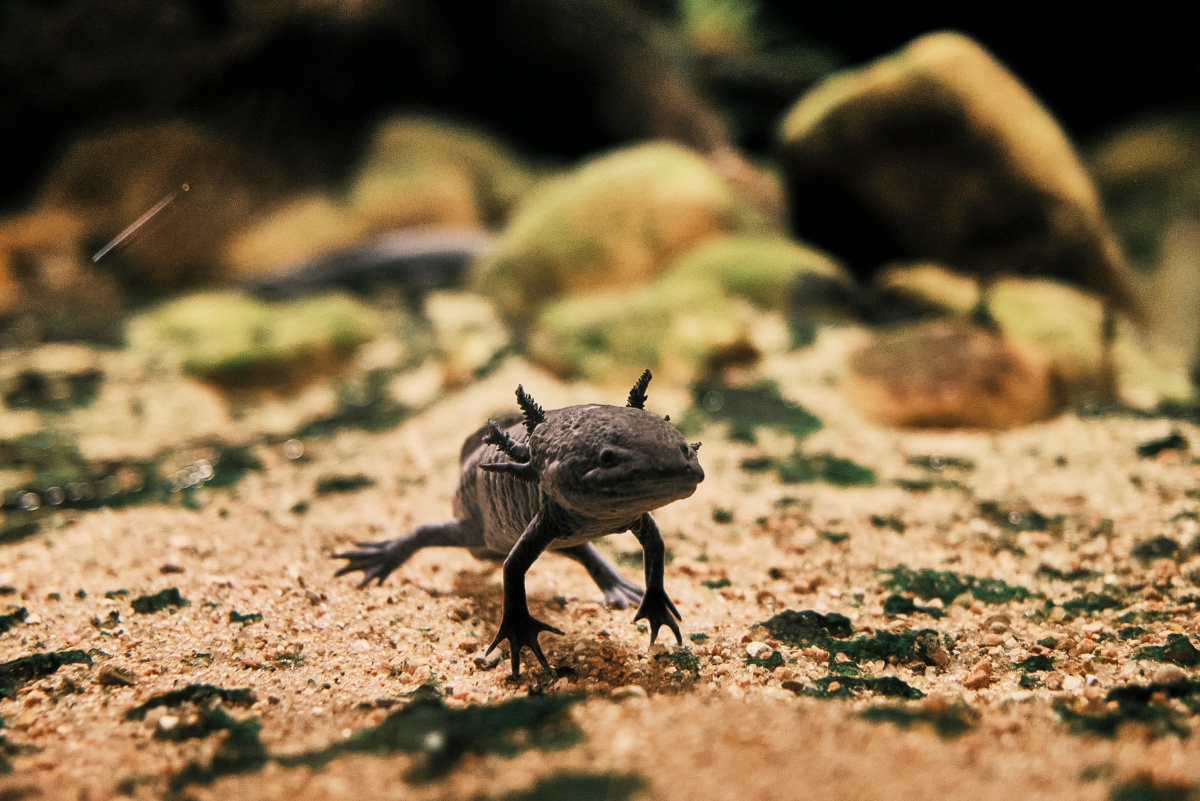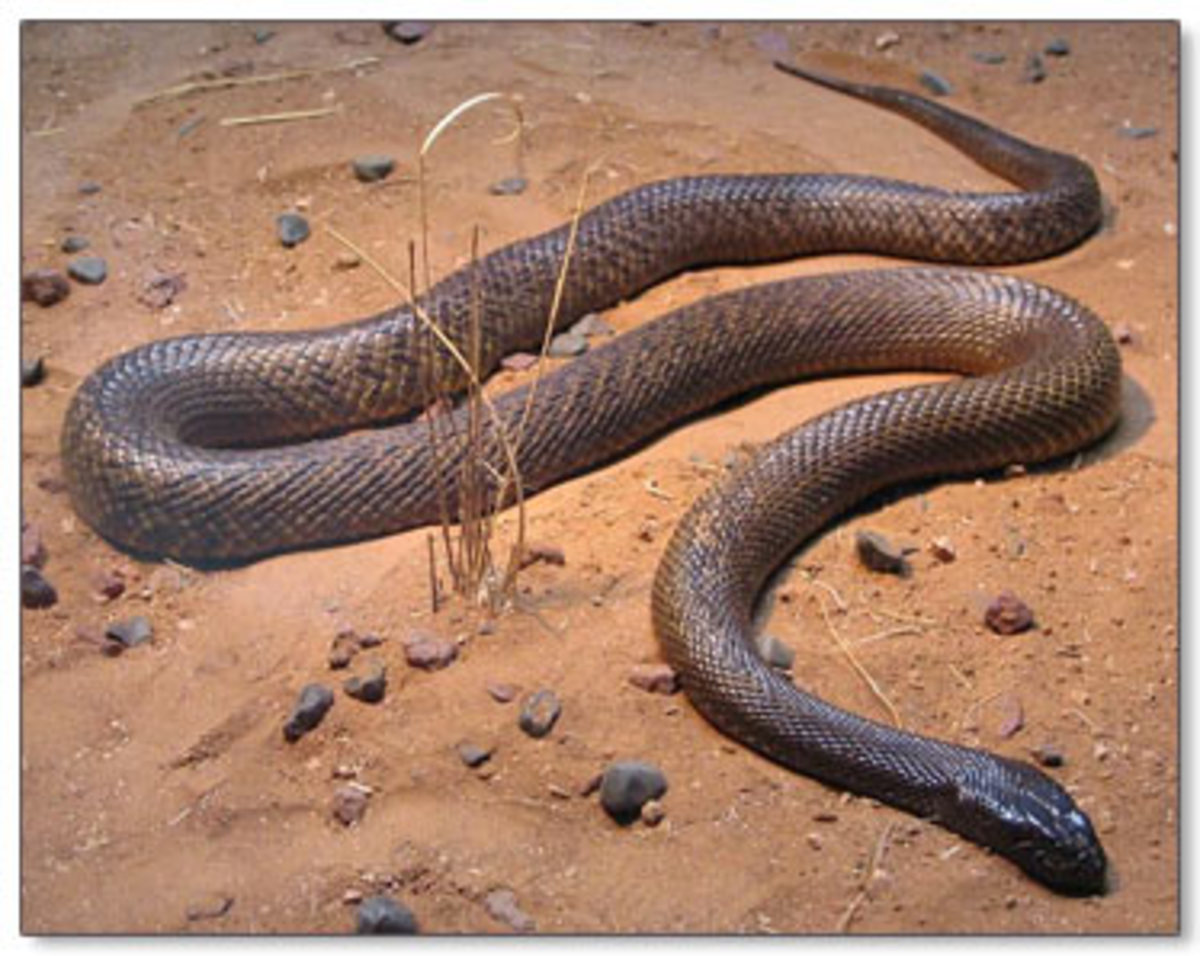Best Beginner Pet Lizard
Choosing a Pet Lizard
There are many options of lizards that you can choose from, but that doesn't mean that they'll all make good pets for beginners and those who have little to no experience with pet reptiles. You'll want to make sure that before you get a pet reptile, you do all the research that you need to do in order to determine what species will be right for you in terms of diet, housing needs, and temperament.
Common pet lizards will include the green iguana, water dragon, bearded dragon, mali uromastyx, anole, and various skink species, but not all of these make good pets for beginners.
The green iguana wouldn't be a bad beginner pet lizard, but they can be quite temperamental and because they grow fairly large, they can inflict pain and injury on a child or adult. Iguanas are actually one of the most purchase pet lizard, and the most often released into the wild or returned.
Before choosing a pet lizard, make sure that you will be able to care for it.
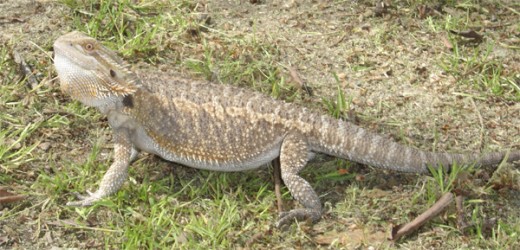
Bearded Dragon
The Pogona vitticeps species comes in a variety of colors and shades ranging from yellow, orange, red, gray, brown, tan, and olive. This species is native to the dry savanna and arid regions of eastern Australia; another species of Pogona can be found on the coastal areas of Australia, but most commonly the eastern species will be found in the pet market.
Bearded dragons can range from about 12 inches to 24 inches long, and live an average lifespan of about five to ten years.
This is a medium sized reptile that needs an aquarium that is at least a 40 gallon breeder tank, which is about 18 inches wide by 36 inches long. This is the ideal tank for one adult bearded dragon. You want to be careful housing more than one in an enclosure, as bullying and stress is common.
This species is omnivorous. As babies and juveniles, they need more proteins, such as crickets, meal worms, captive roaches (discoid and dubia), and silkworms, but they'll also need vegetable and fruits. As adults, bearded dragons need a diet that consists mostly of vegetables and fruits, such as dark leafy greens, squash, carrots, zucchini, strawberries, peas, melon, mango, etc. (Avoid iceburg lettuce, as it has no nutritional value.) You want to make sure to supplement with calcium, as bearded dragons are highly susceptible to metabolic bone disease.
As for enclosure, bearded dragons need a basking light and a UV light. The UV tubes can be expensive to replace every four to six months, but the UV emitting bulbs can be expensive to initially purchase.
Bearded dragons can be quite handleable, if socialized properly. They are generally quite docile.
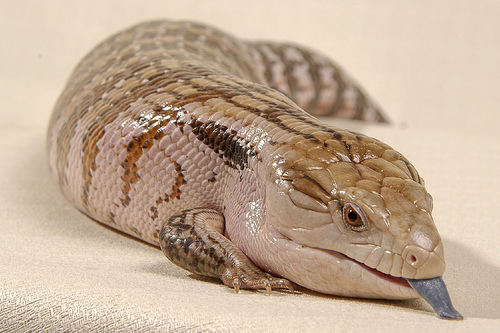
Blue Tongue Skink
The Tiliqua scincoides scincoides originates from the grasslands and woodlands throughout most of southern and eastern Australia. They are not associated with arid lands and dry areas. This species is short legged and large bodied. They are about 17 inches long, and have an average lifespan of about 20 or more years.
Blue tongue skinks generally come in gray, tan, or olive backgrounds with darker olive, dark gray, brown, or reddish brown markings.
You'll find that blue tongue skinks grow quickly, so your best bet is to purchase a tank for an adult skink, even if you have or plan on getting a baby. One adult skink will live happily in a 40 gallon breeder tank minimum.
Blue tongue skinks need a diet of dark leafy greens, like collards, turnip greens, dandelion, and nasturtium, as well as squash, apples, berries, and hibiscus blossoms. Be leery of spinach, as it is a calcium binder, and because skinks can be susceptible to metabolic bone disease, you want to make sure that your pet is getting all the calcium it needs.
The enclosure needs to have a basking light and a UV source.
Skinks can be held if socialized early, but you'll find that most of them prefer to hide and stay to themselves.
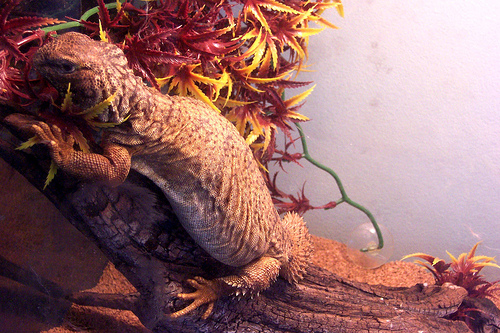
Uromastyx
The Uromastyx is native to North Africa and the Middle East, depending on what species. For the most part, each species will have relatively the same care, but you'll find that some species can be rather large, whereas some more medium sized. On average uromastyx will range from 14 to 30 inches in length. They have an average lifespan of about 15 to 20 years.
Uromastyx have a stocky build with a well-armored tail. They range from tans, grays, and browns. Some will have blotches of yellow and orange.
This species will require a larger enclosure of at least 48 inches long by 24 inches wide. They do best with a basking light and a UV source.
As for the diet of a uromastyx, you'll want to offer plenty of vegetables and dark leafy greens. Consider carrots, beans, peas, corn, dandelion greens, collards, turnip greens, red and green lettuce, and cabbage on occasion. You will also want to offer a good protein source, like crickets, meal worms, and superworms; uromastyx will also eat dubia and discoid roaches.
These guys can be held if socialized properly. Generally, they are quite laid back.
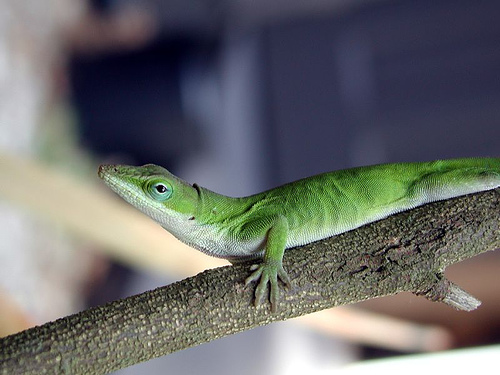
Green Anole
The Anolis carolinensis is a pretty simple lizard to care for, and probably one of the smallest. This species can be rather cheap when purchased from a breeder or pet store. It's not recommended to catch them wild, as wild caught lizards can carry parasites. The green anole is solid green.
The species can range from five to eight inches in length and live at least a few years. They are native to the Southeast region of the United States all the way to eastern Texas and southern Virginia.
Anoles are not generally going to be handleable. They do not make great pets if that's what you're looking for. They do make great beginner reptiles because their care is pretty simple and because they are not stressed as easily.
They eat small insects like crickets and meal worms.
You can house one adult in a 10 gallon tank as bare minimum, although they do much better in larger tanks. You can house more than one in an aquarium, but you'll want to be careful and watch for stress and bullying. It's not recommended to ever house multiple males in an enclosure, but multiple females or one male and a few females (will breed). Stress and bullying will still be a potential problem.
If you house multiple anoles in one enclosure, make sure that you have a larger enclosure, at least a 29 gallon for two to three anoles. You'll want to provide plenty of branches and plants to climb on.
Green anoles are definitely a look at pet, and can be quite nice to watch with their bright green coloration and red dewlaps.





